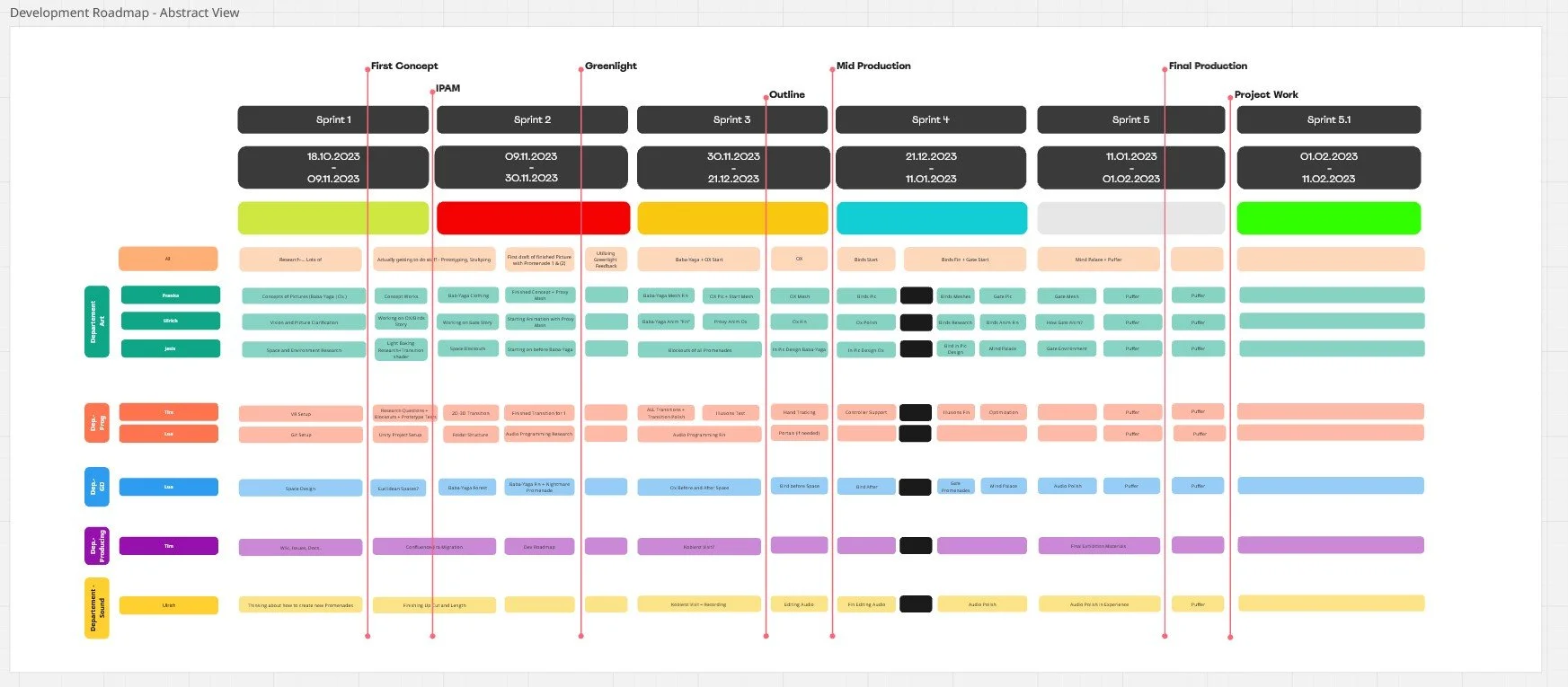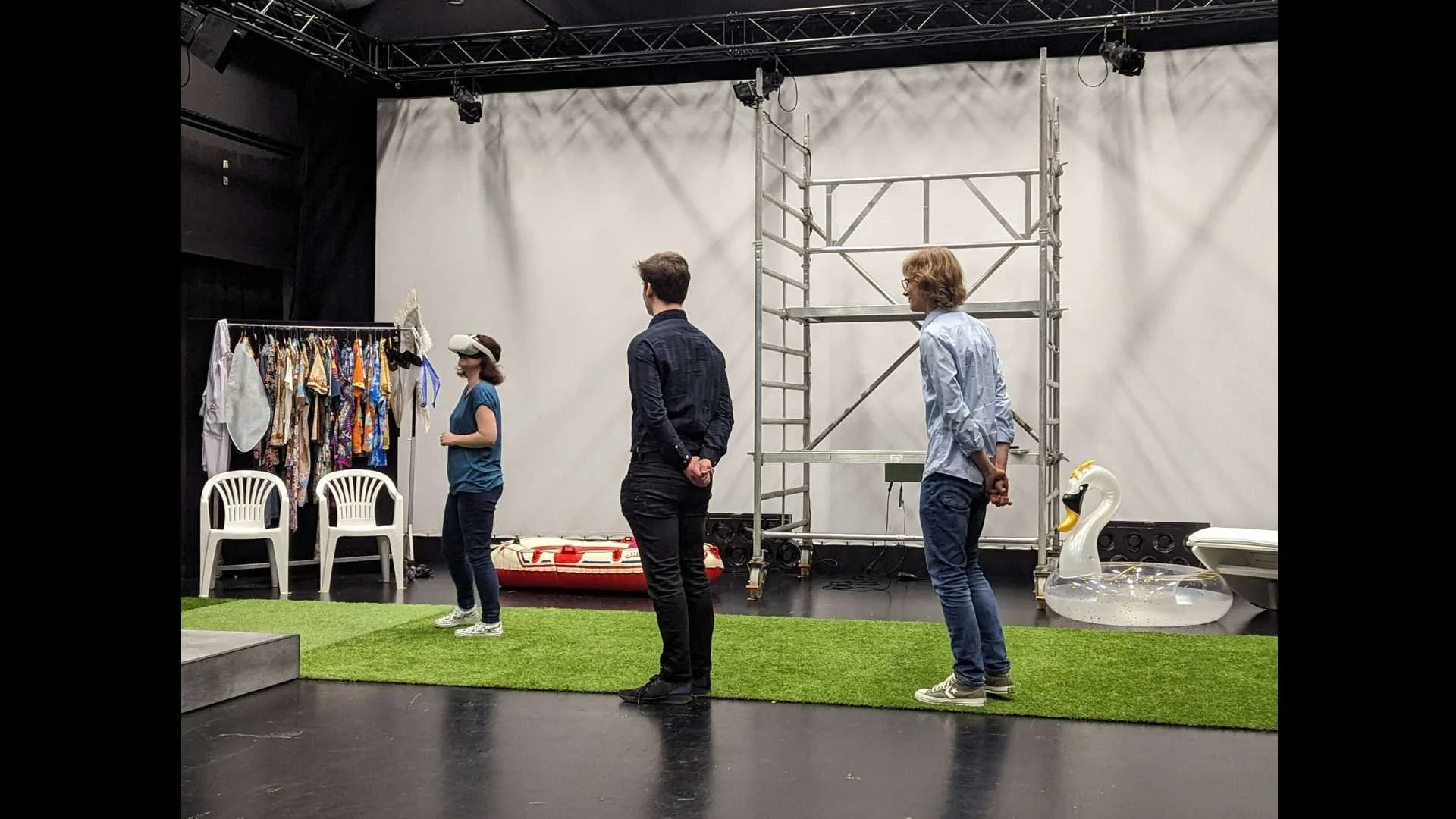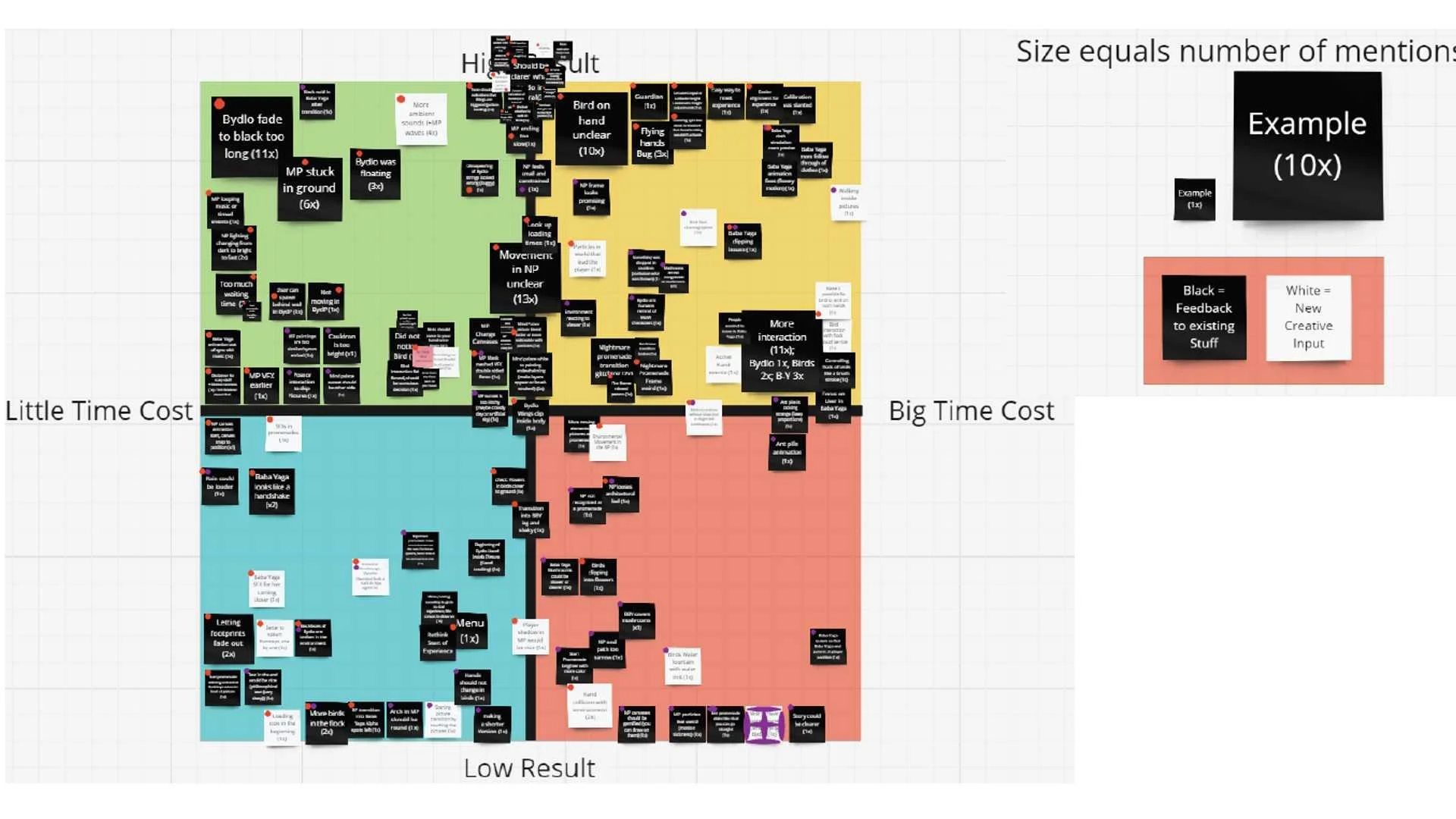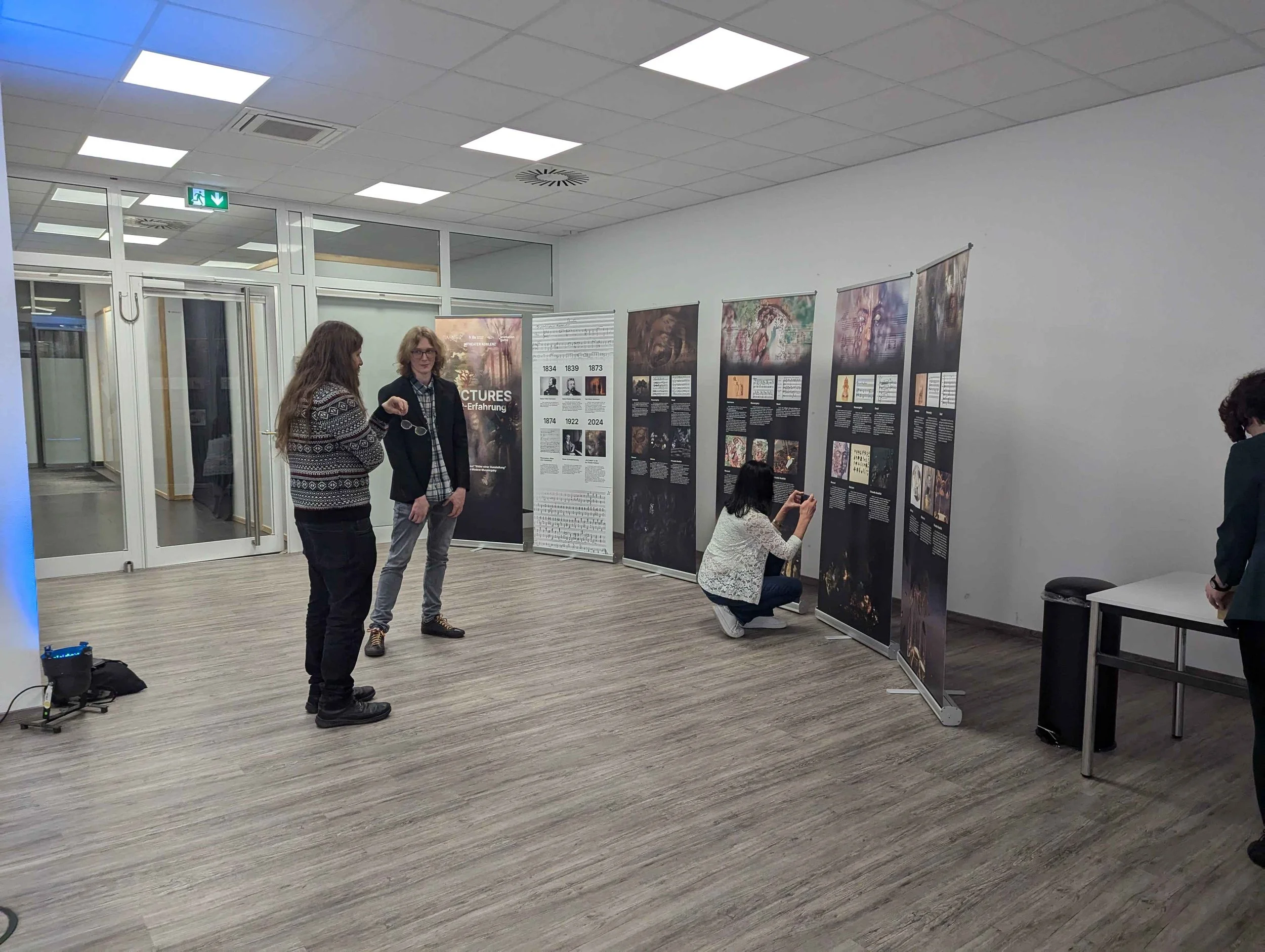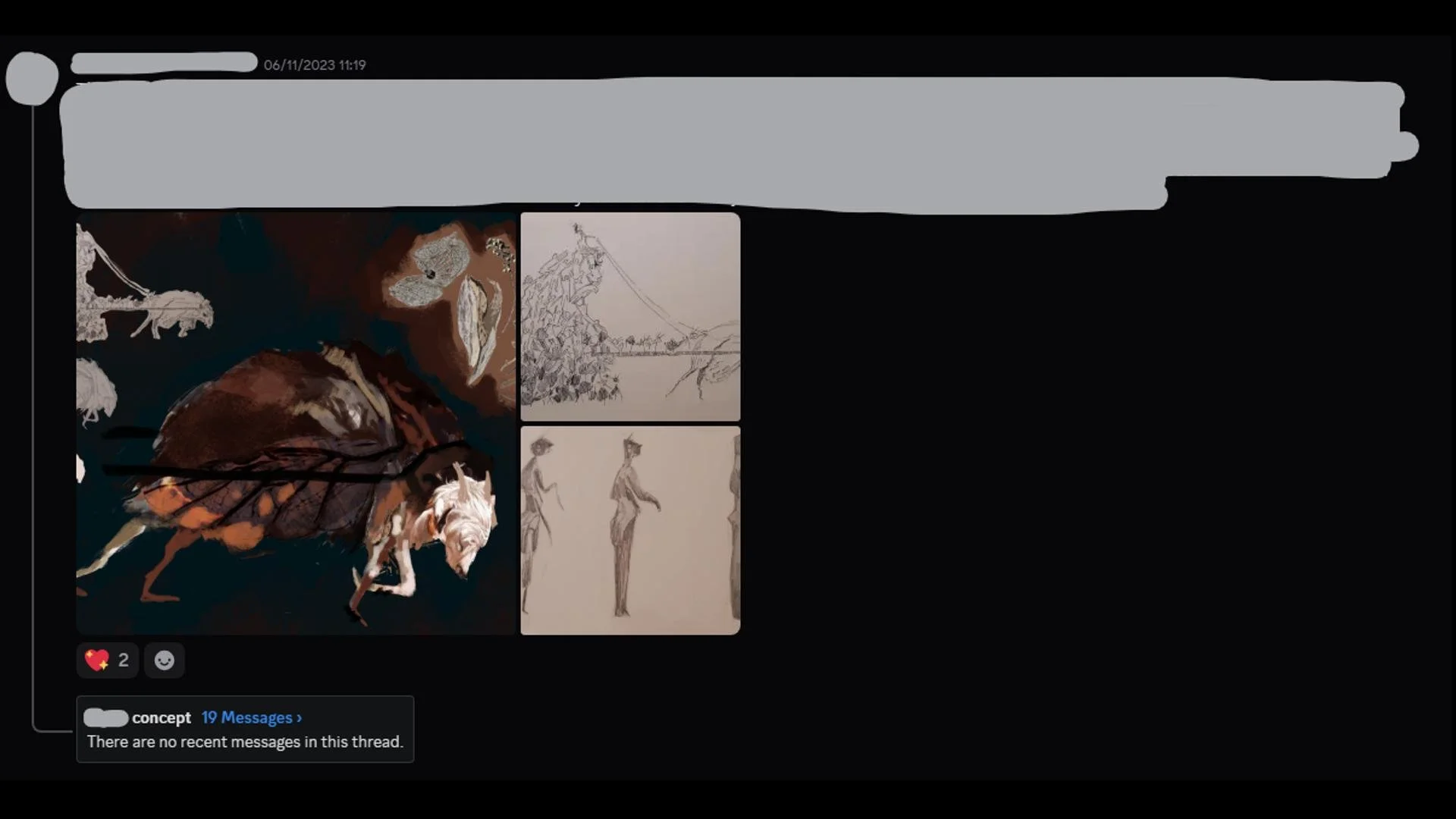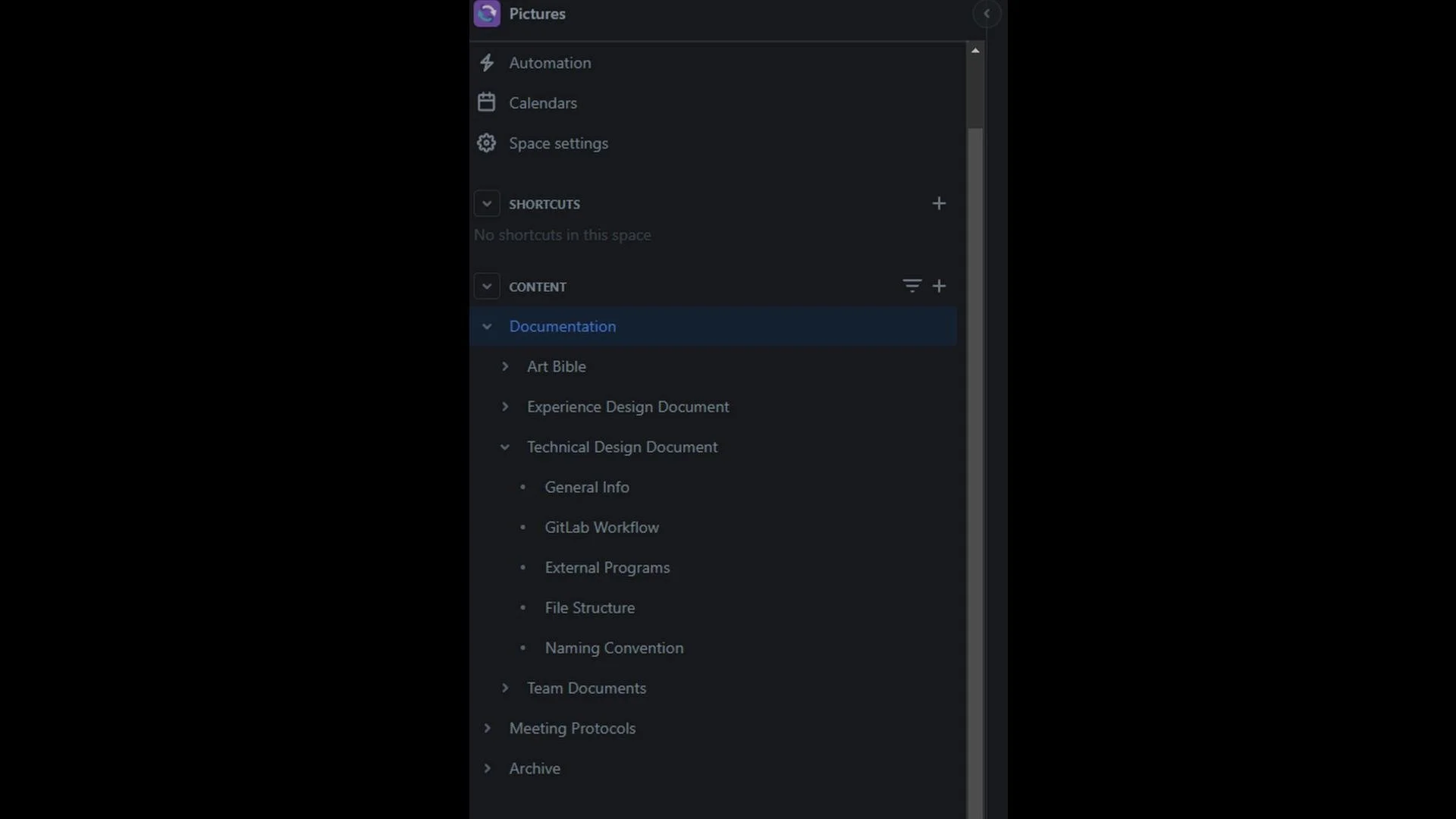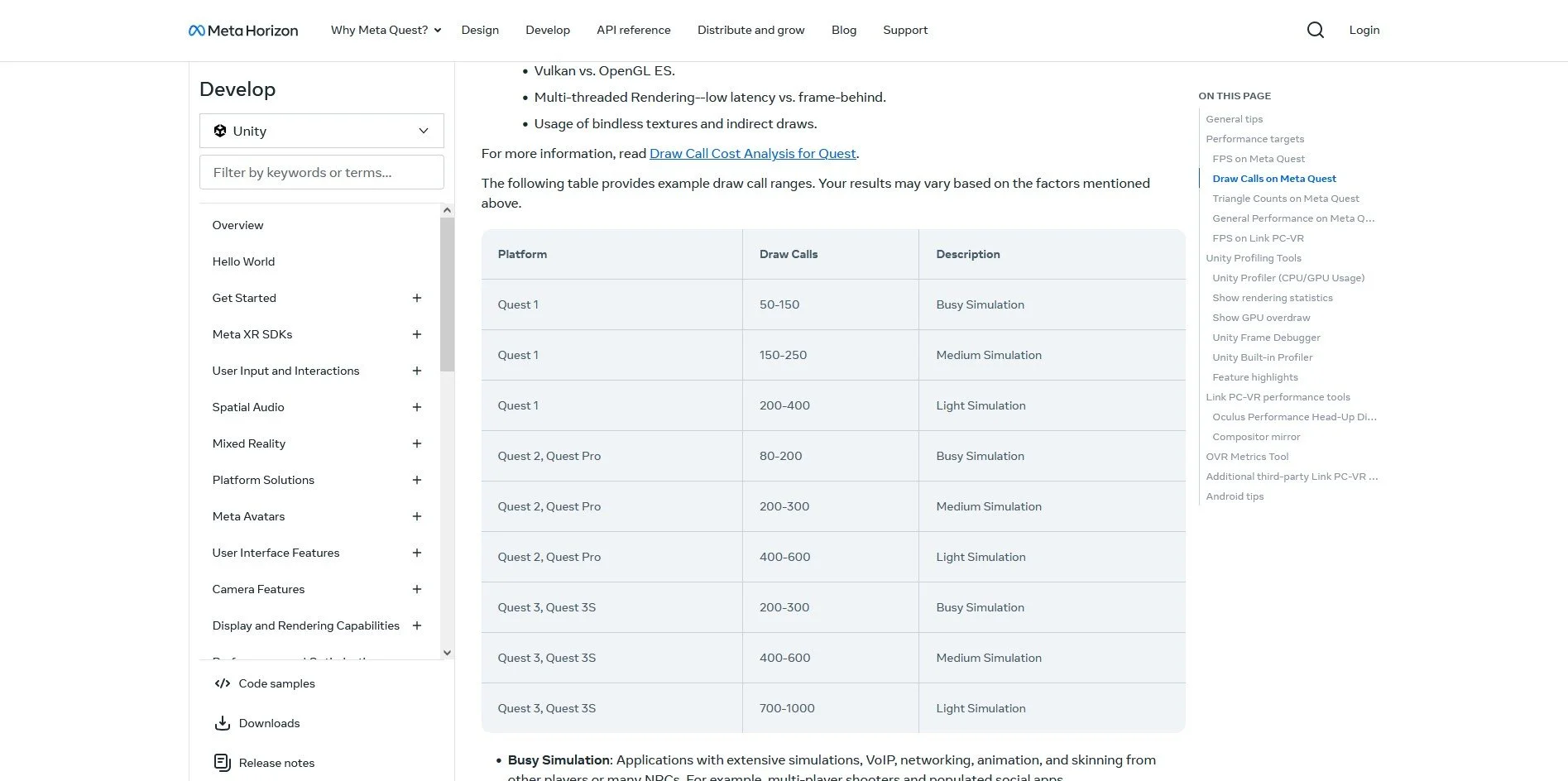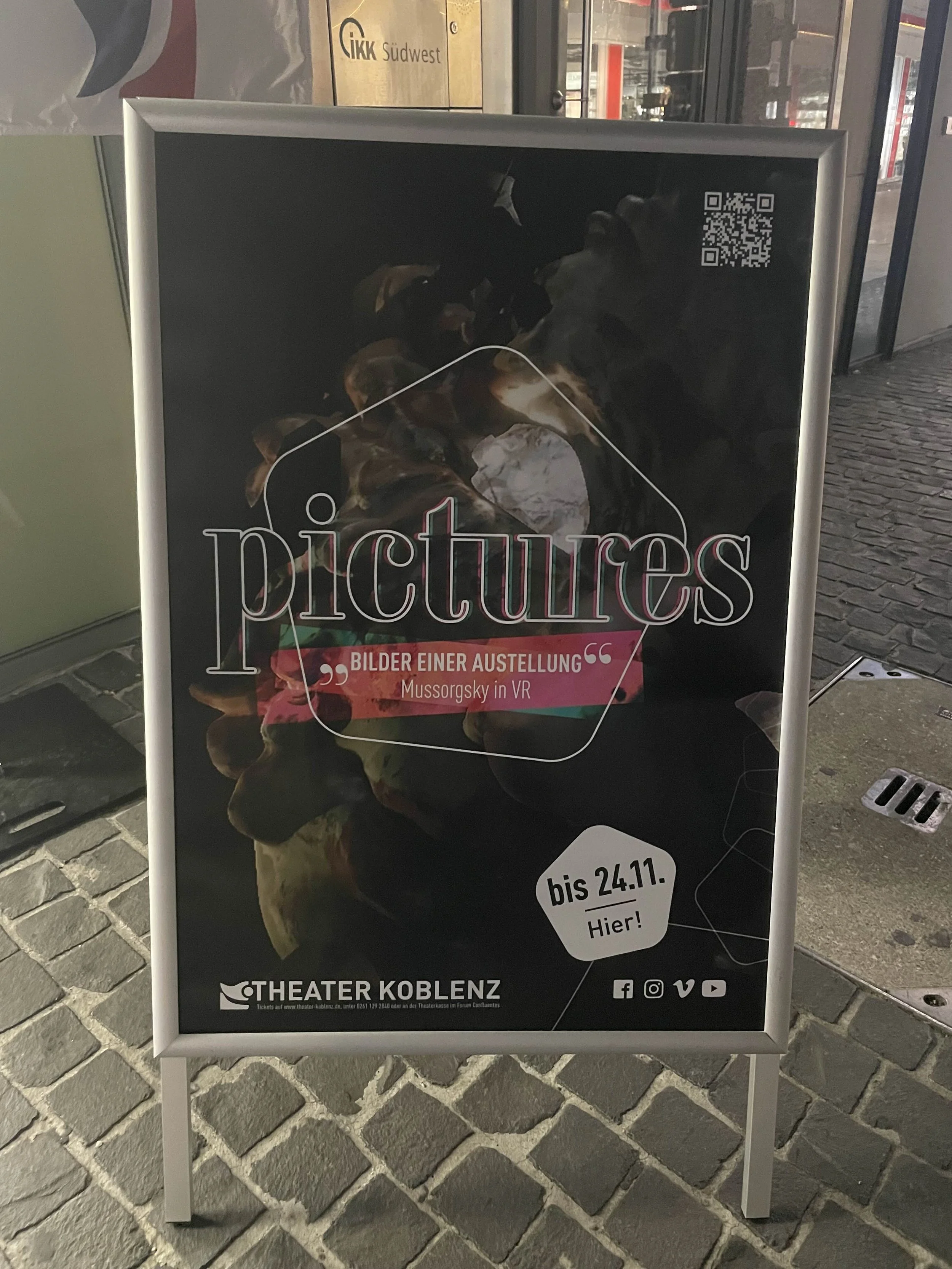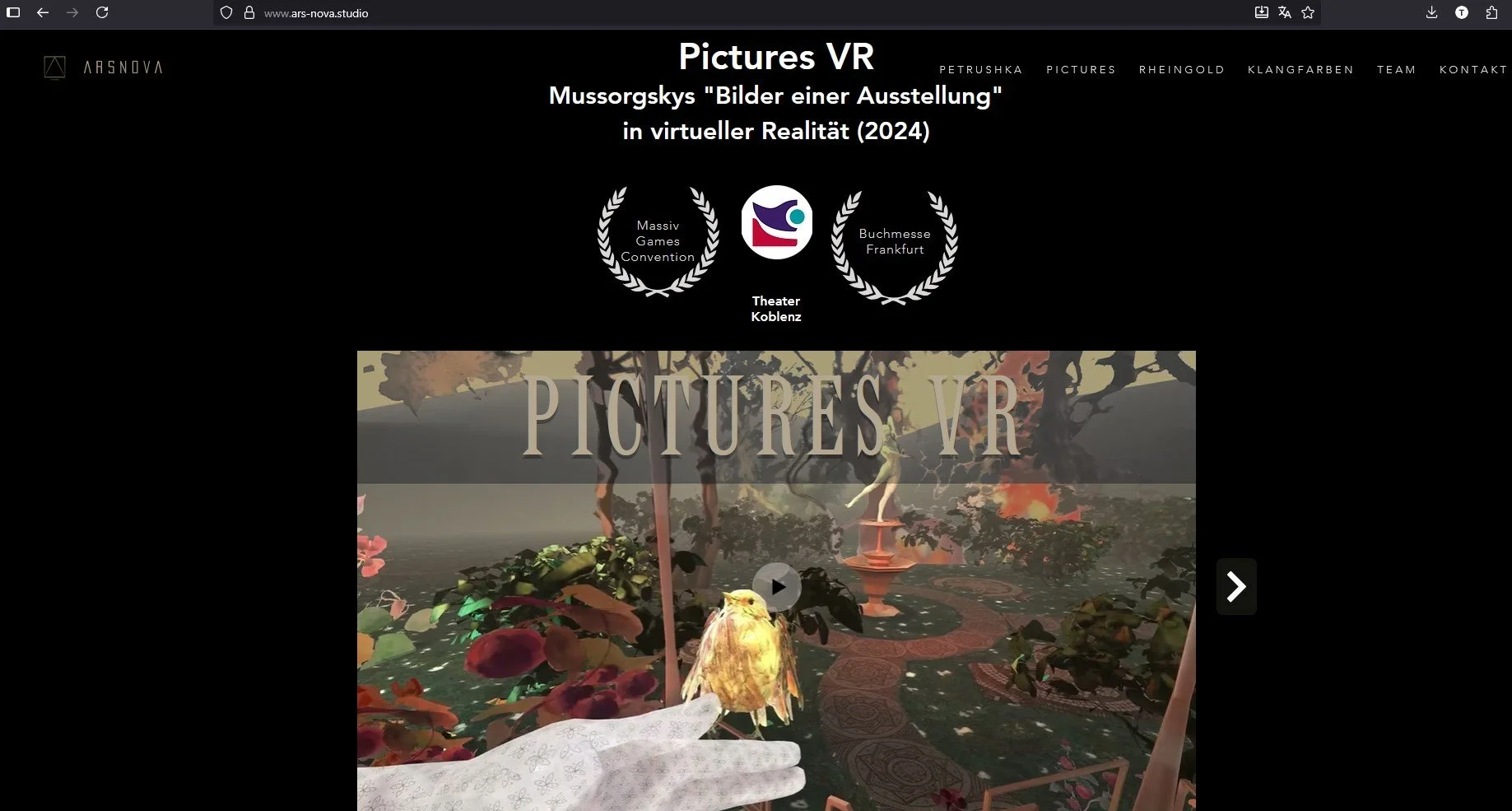Game Summary
This immersive VR exhibition transforms Mussorgsky’s Pictures at an Exhibition into explorable, interactive worlds. Visitors move through dreamlike museum spaces where music shapes the environment, guided by subtle visual cues instead of traditional UI. Designed for first-time VR users, the experience balances accessibility, comfort, and emotional pacing, blending classical art and cutting-edge technology into a seamless journey.
Responsibilities
Designed immersive user journeys with focus on accessibility and emotional pacing.
Built the Guiding Lights navigation system for seamless VR exploration.
Implemented comfort systems to reduce motion sickness and disorientation.
Programmed all logic, interaction, hand tracking, and optimizations in Unity for Quest 2.
Managed asset pipeline and optimized 3D models for performance.
Organized workflows with Jira, Confluence, and GitLab.
Coordinated client communication with Theater Koblenz.
Planned tasks and milestones to keep the team on schedule.
Balanced artistic vision with technical constraints.
Supported strategy for financing and commercialization.
Details
Team Size: 7 people
Genre: VR, Musical Experience
Setting: Mussorgsky’s Pictures at an Exhibition in VR
Duration: 20-25 minutes
Role: Programmer, Project Manager, Designer
Development Time: 13 Weeks
Client: Theater Koblenz
Engine: Unity Engine
Trailer
Game/UX Design
UX and Prototyping in VR
Designed user journeys aligned with emotional arcs of the music
Considered spatial awareness to support natural exploration
Structured narrative flow to enhance immersion across scenes
Balanced passive observation with subtle, intuitive interaction
Tailored design for non-gamer, museum-going audiences
Conducted iterative playtests with diverse participant groups
Measured pacing and scene transitions through direct feedback
Adjusted design to improve clarity and emotional impact
Applied motion-friendly VR design principles
Added smooth camera transitions and field-of-view modulation
Developed stable navigation cues to reduce disorientation
Improved comfort and accessibility for first-time VR users
Accessible Design
Developed a custom anti-motion-sickness framework
Stabilized player experience through comfort-focused design
Minimized abrupt camera movements and vertical shifts
Implemented gradual field-of-view modulation during transitions
Designed stable navigation paths to reduce disorientation
Ensured accessibility for non-gamers and VR first-timers
Increased inclusivity by lowering barriers to entry
Improved ease of use for audiences unfamiliar with VR
Guiding Lights and Iterations
Designed Guiding Lights navigation using particles and shaders for intuitive VR cues.
Made navigation adaptive to user proximity and environment.
Created smooth, non-disorienting scene transitions with ambient fades.
Adjusted character scale and placement for emotional impact (e.g., Baba Yaga, Bydlo).
Calibrated environmental cues for immersive perception and consistency.
Built custom VR systems: Guardian (safety) and Self-Alignment (real-world adaptation).
Optimized meshes, LODs, and shaders for high VR performance.
Developed all VFX and shaders for navigation and environmental interaction.
Iterated designs based on playtesting, improving comfort and narrative flow.
Programming and Tech
Technical Pipeline
& Asset Management
Acted as the main integration point for all artistic assets in Unity.
Managed asset import, placement, and optimization for smooth production.
Ensured visual assets were engine-ready with no pipeline bottlenecks.
Set up Git-based version control with structured branching conventions.
Oversaw merges and conflict resolution to maintain repository integrity.
Coordinated team workflows for feature merges, bug fixes, and documentation.
Enabled artists and designers to work independently through reliable pipelines.
Maintained consistency and versioning across all Unity scenes and assets.
Facilitated collaboration despite varying skill levels among team members.
VR Systems
& Performance Optimization
Selected Unity for engine flexibility, Oculus support, and team familiarity.
Integrated Oculus SDK and XR plugin management for Quest 2 optimizations.
Maintained scene geometry between 800k–935k triangles for high performance.
Kept draw calls under 150 to ensure smooth VR framerates.
Implemented mesh combination, texture atlasing, and LOD systems.
Used asynchronous scene pre-loading for seamless transitions.
Prototyped 46 variations of 9 transition types to maximize immersion.
Designed additive scene loading to maintain persistent player transforms.
Calibrated transitions and pacing to align with physical play spaces.
Immersion,
Interaction & Safety
Developed a Boids flocking system with tunable separation, cohesion, and alignment.
Used Bezier curves to guide flock movement for natural trajectories.
Enabled hand gesture interactions to influence flock behavior.
Adjusted character scale and environmental cues for emotional impact.
Designed smooth, intuitive scene transitions to prevent disorientation.
Built custom spatial safety tools: VR Guardian and Self-Alignment System.
Ensured user comfort and safety in public VR installations.
Enhanced immersion with real-time flocking, responsive transitions, and spatial cues.
Integrated narrative-driven interactions aligned with player agency and experience.
Project & Team Management
Workflow Optimization
& Team Management
Introduced and evaluated core workflow tools: Jira, Confluence, GitLab, and Miro.
Selected Miro for team planning due to its accessibility and intuitive interface.
Developed standardized documentation templates to streamline project planning.
Used Confluence to record meeting protocols and coaching notes.
Prioritized artistic autonomy by handling technical tasks personally.
Managed asset integration in Unity to free artists for design and concept work.
Balanced production needs with creative workflows to improve efficiency and output quality.
Addressed communication breakdowns and early-stage team friction.
Implemented new communication norms, encouraging transparency and open discussion.
Facilitated team-building exercises and collaborative decision-making to strengthen cohesion.
Leadership, Team Dynamics
& Stakeholder Communication
Recognized limits of voluntary conflict resolution and planned stronger enforcement for future projects.
Developed adaptive leadership strategies over a 3-month cycle.
Implemented stricter documentation standards and structured conflict resolution frameworks.
Adopted proactive task distribution models to foster participation and engagement.
Preserved a generally positive and functional team culture under challenging circumstances.
Maintained ongoing communication with theater directors and production staff.
Organized structured feedback loops using video updates and in-person reviews.
Led early-stage creative briefings to align expectations on cost, design, and content, influencing future business initiatives.
Business Formation & Monetization
Improved professionalism and legitimacy in institutional partnerships.
Evaluated multiple business models: one-time payment, revenue-sharing, and milestone-based payments.
Selected a monthly subscription model to ensure ongoing developer compensation and theater support.
Enabled developers to retain project rights for future adaptations or reuse.
Delivered a commercial VR experience for Theater Koblenz despite team challenges.
Maintained team morale and momentum through structured meetings and collaboration tools.
Strengthened stakeholder relationships via regular, transparent feedback loops.
Learned practical leadership lessons in conflict resolution, task delegation, and production discipline.
Paintings and Environments
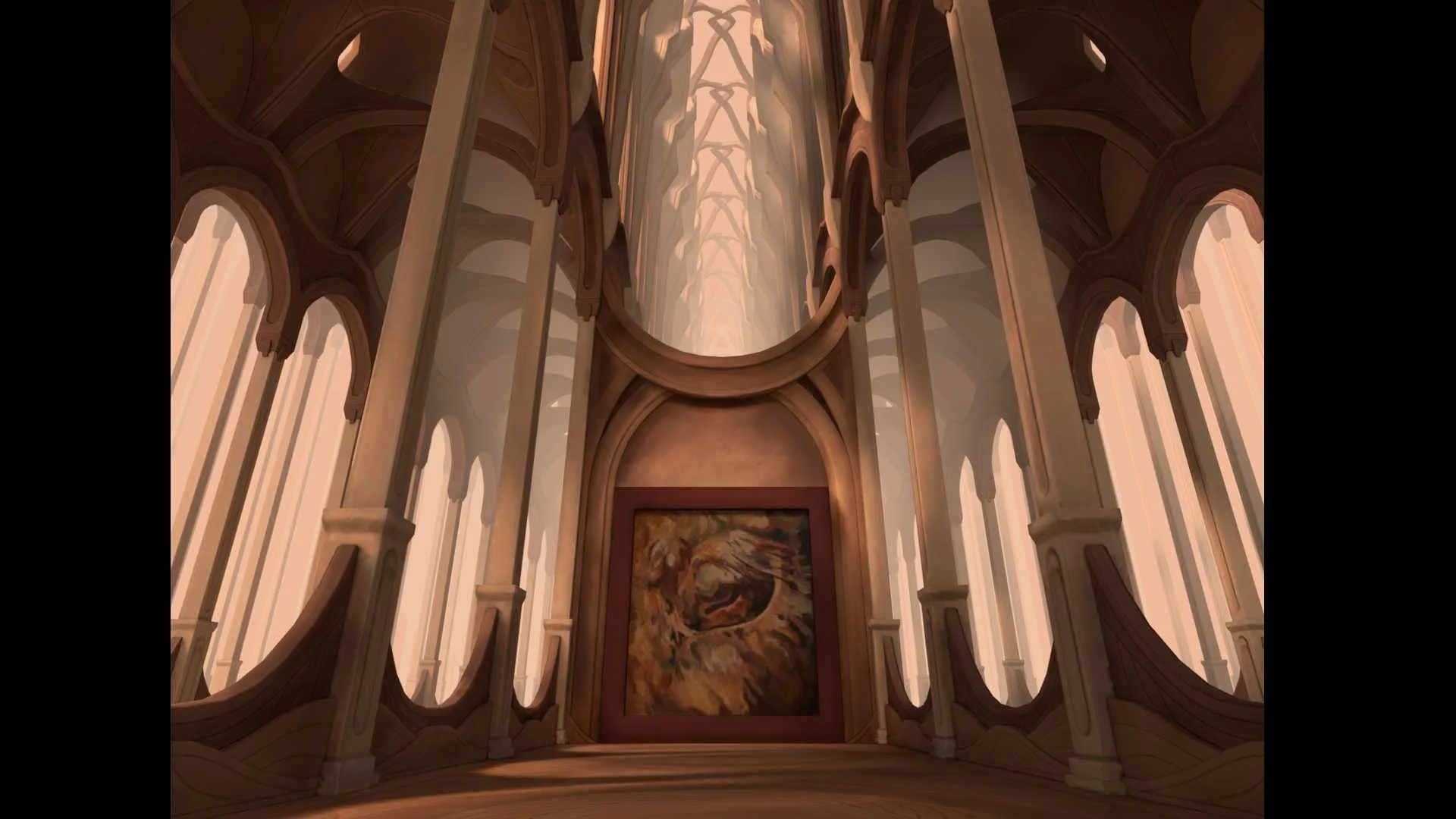
(1) Start Promenade
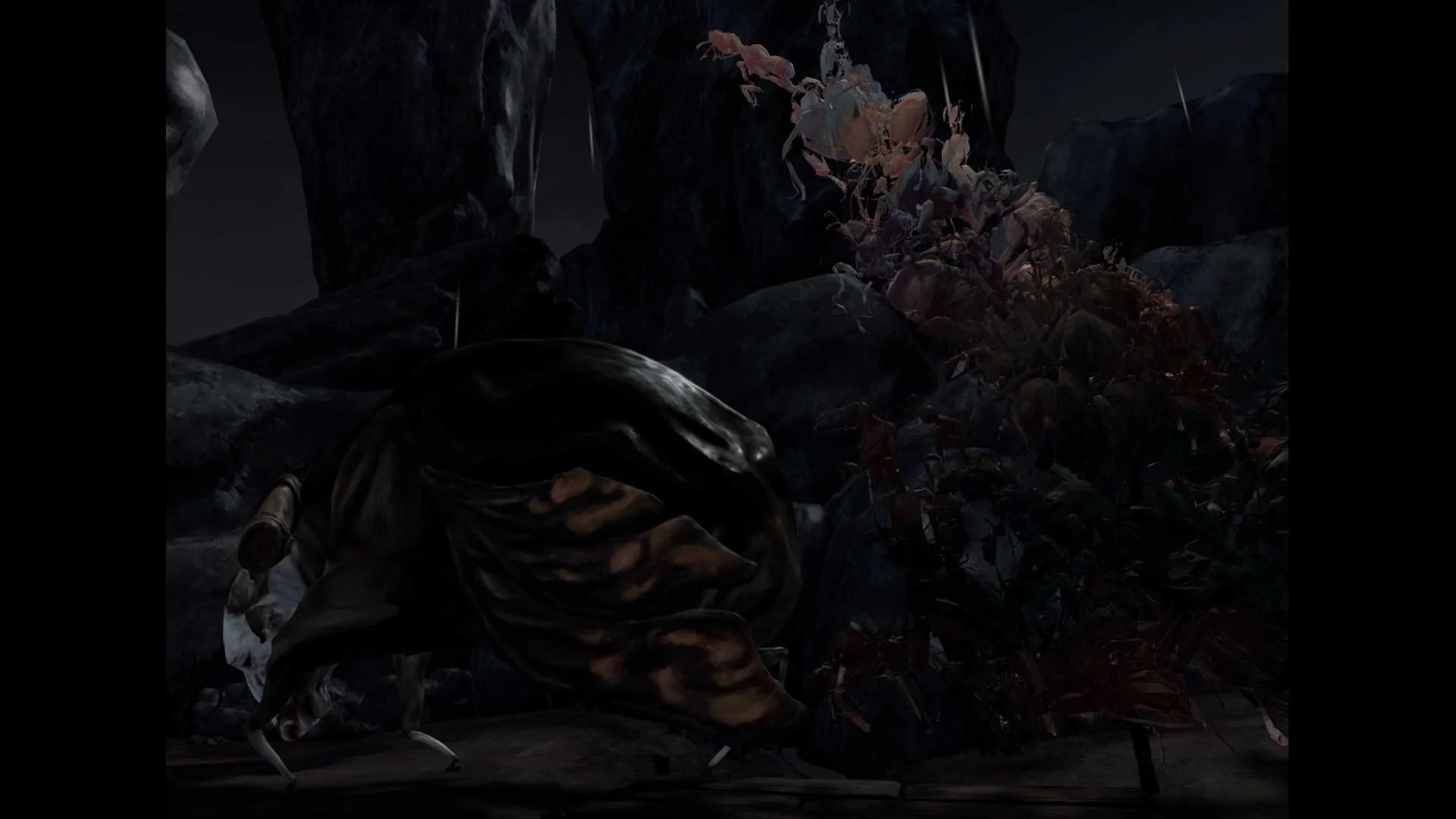
(2) Bydlo Picture
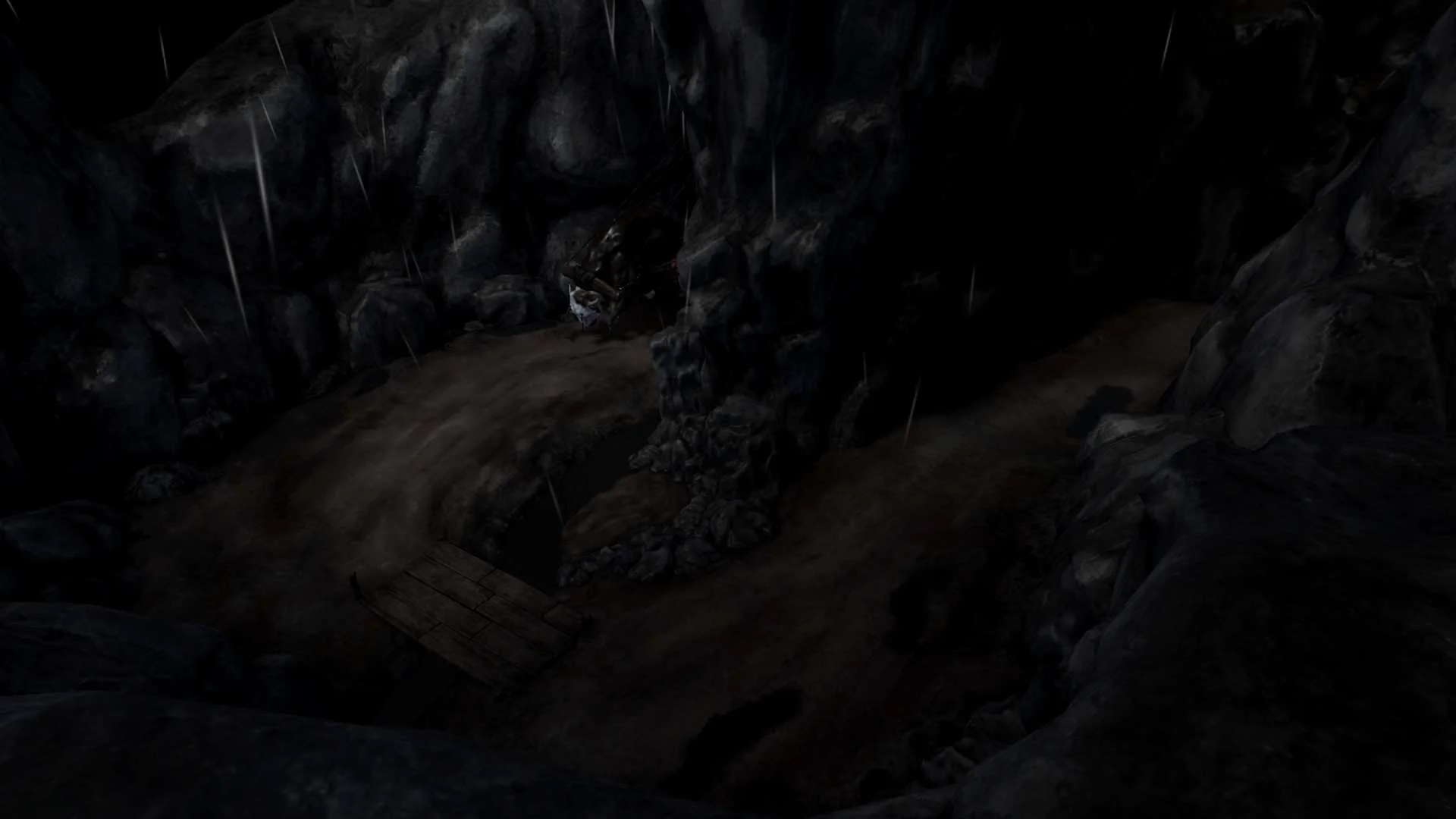
(3) Bydlo Picture
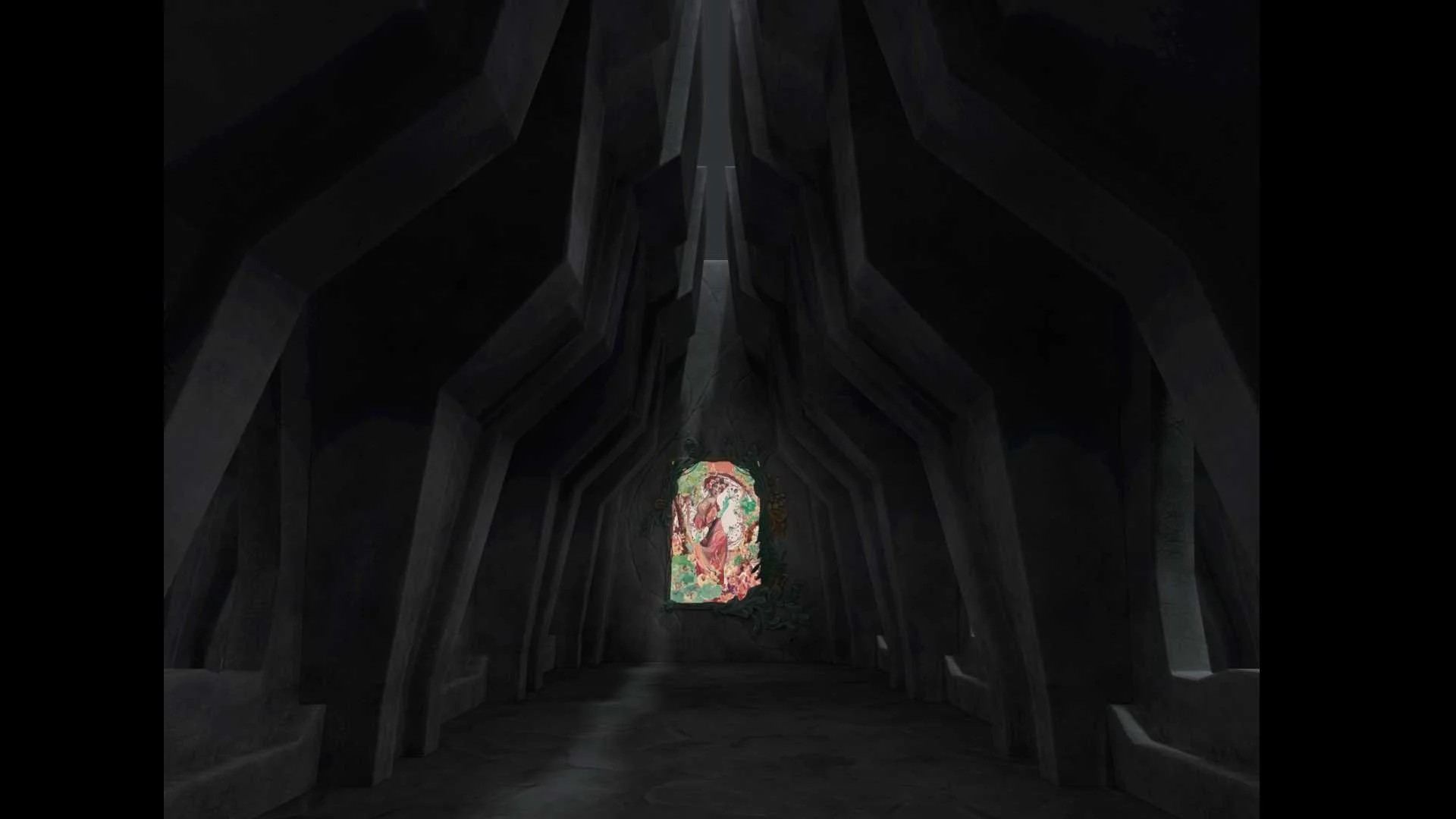
(4) Bydlo Promenade
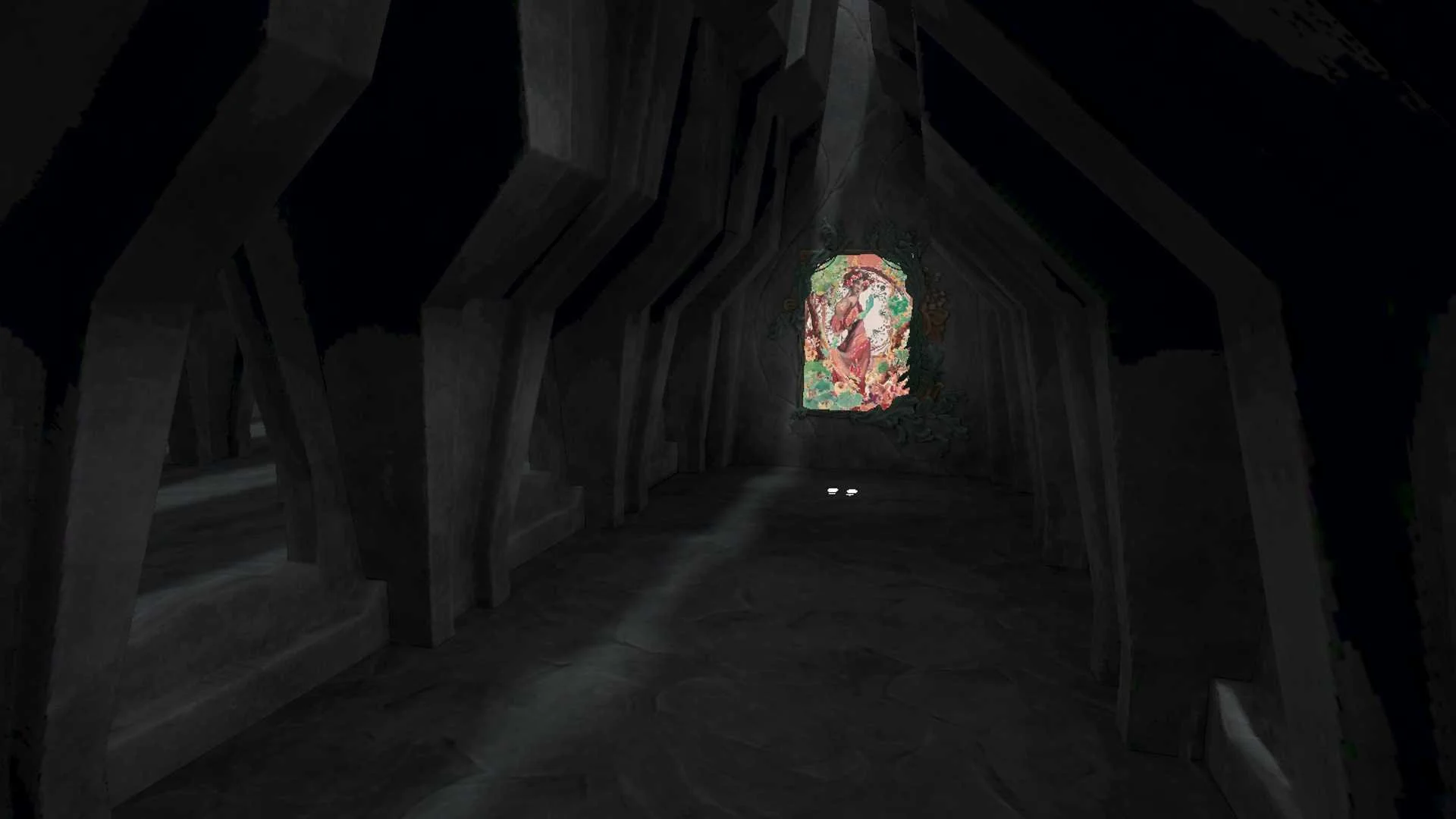
(5) Bydlo Promenade
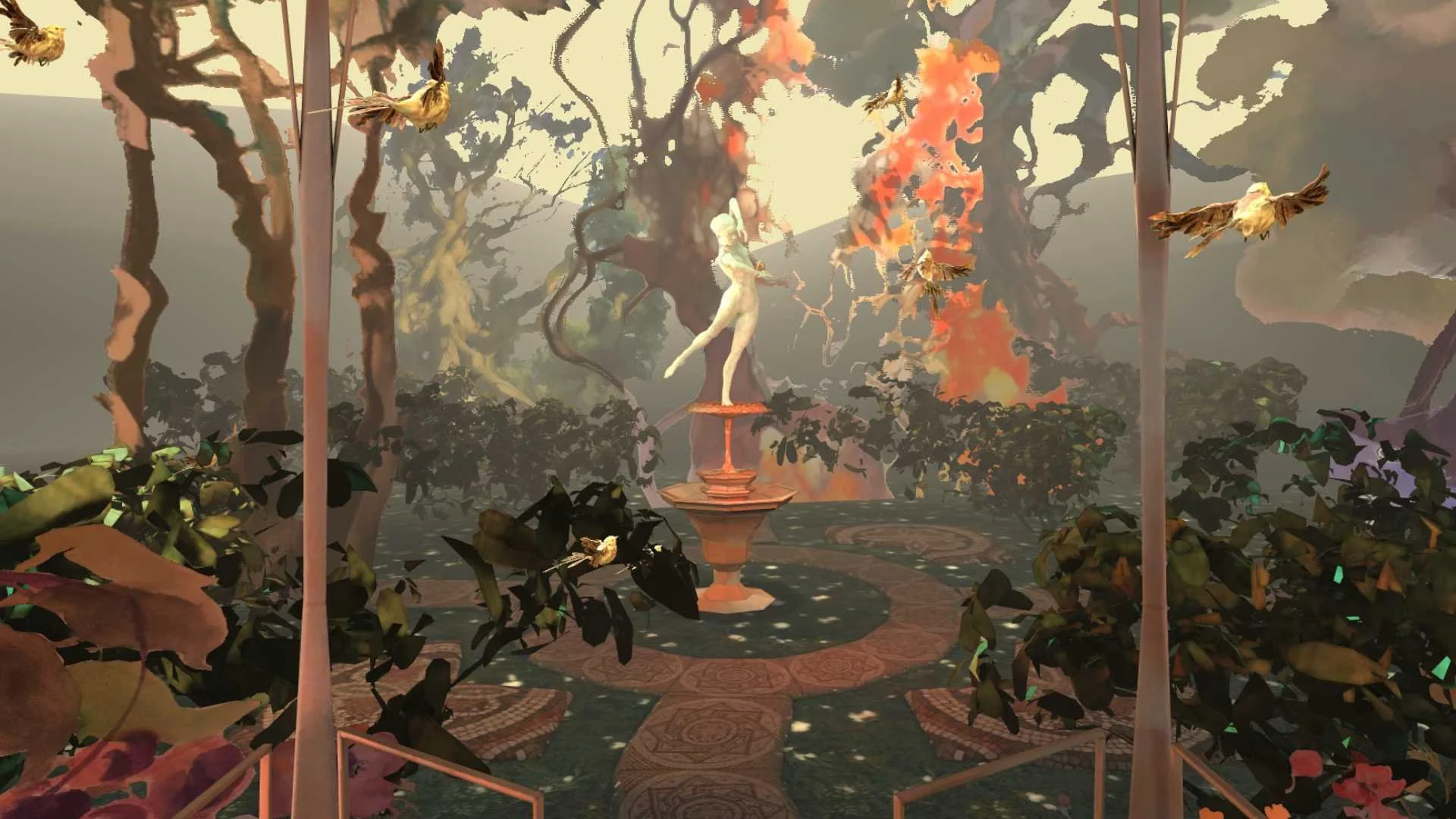
(6) Bird Picture
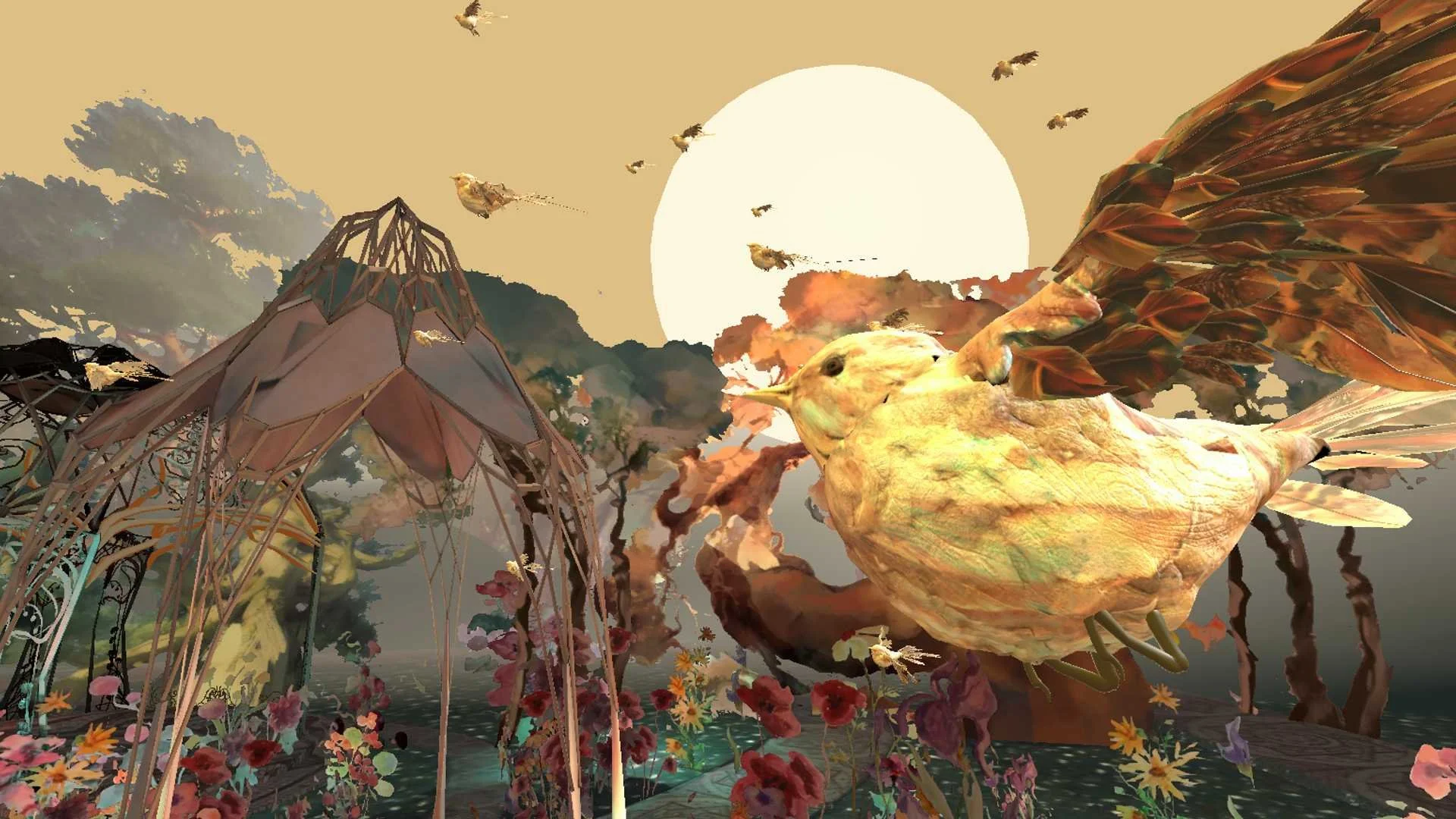
(7) Bird Picture
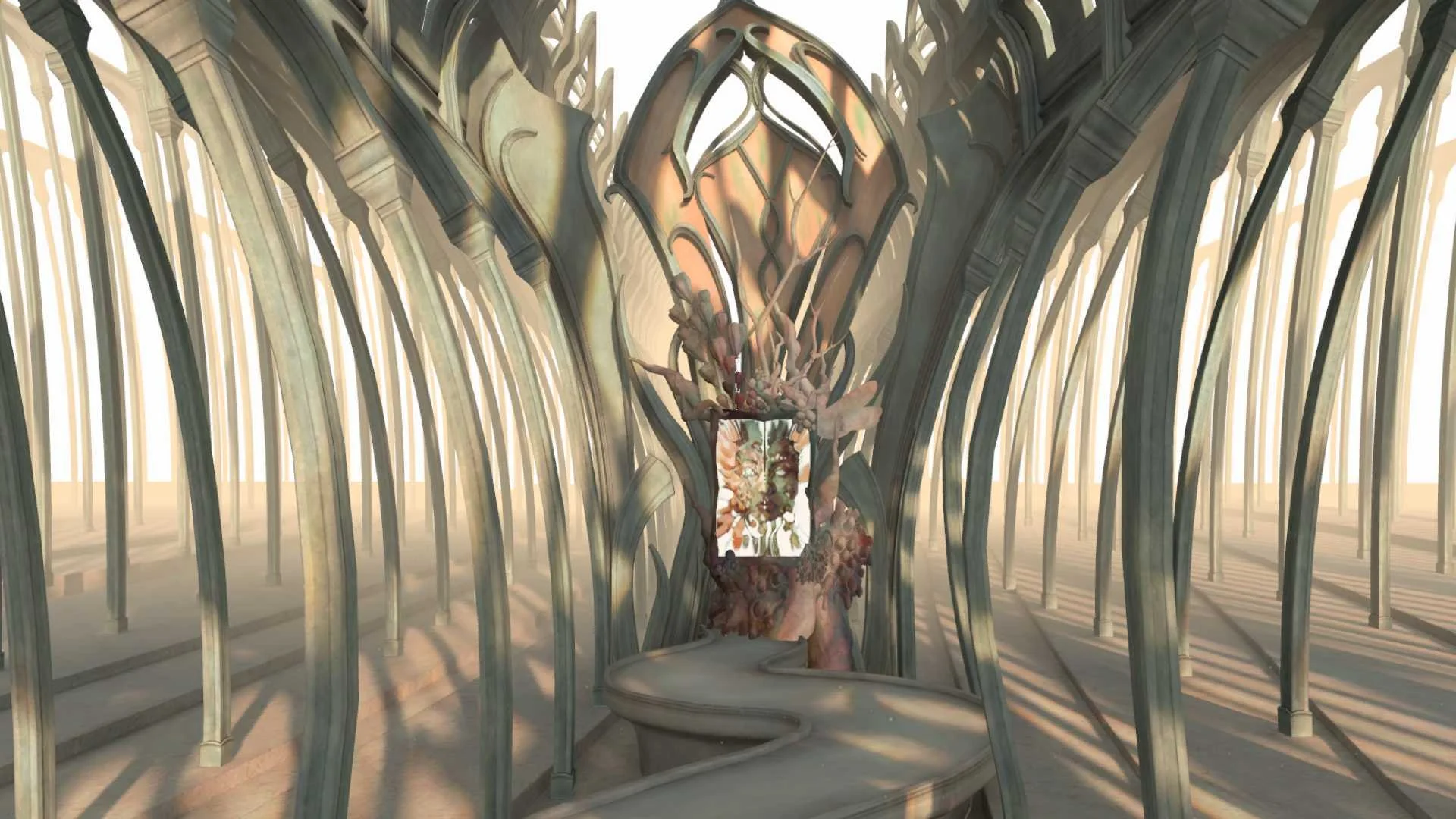
(8) Bird Promenade

(9) Baba-Yaga Picture
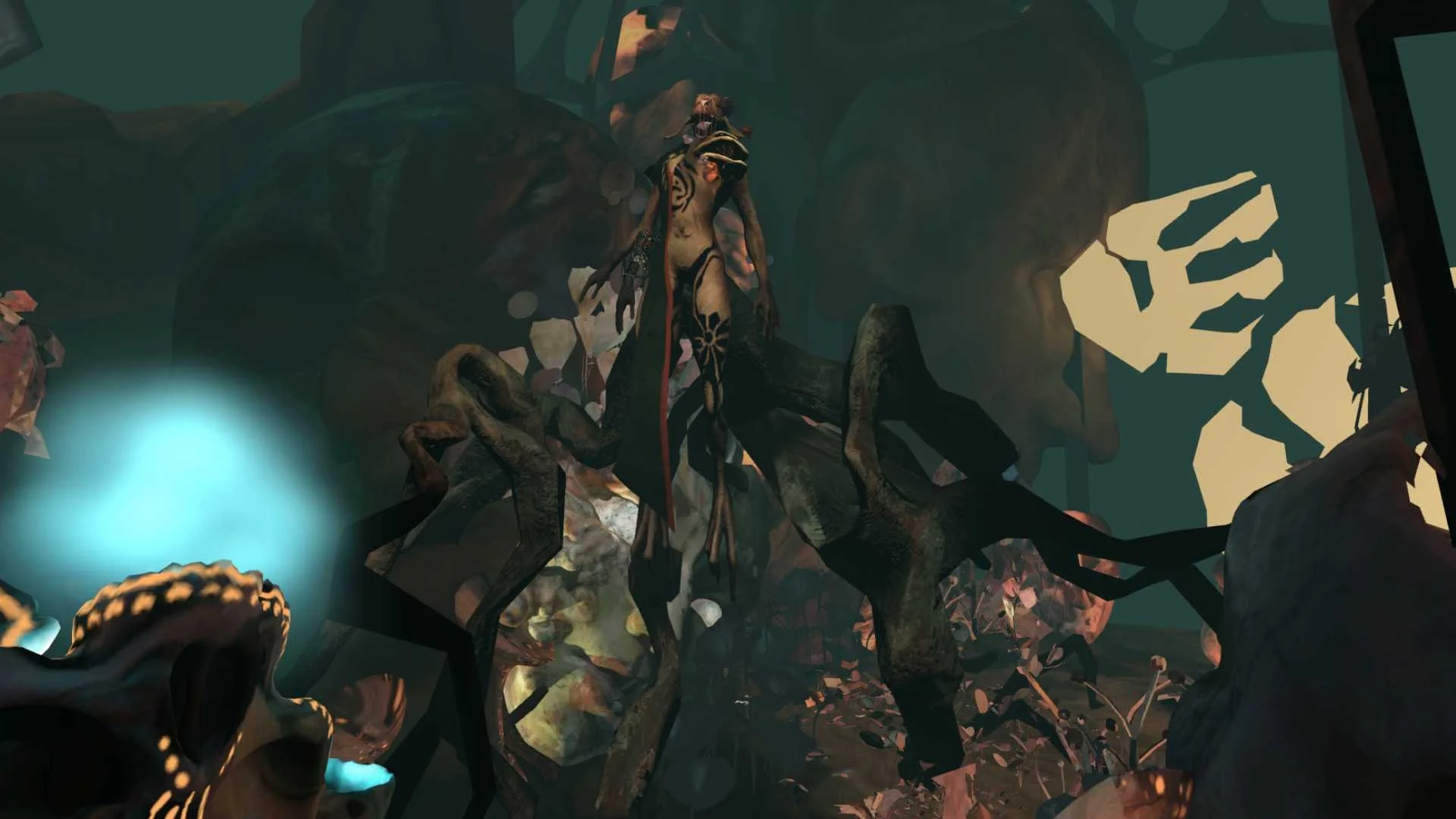
(10) Baba-Yaga Picture
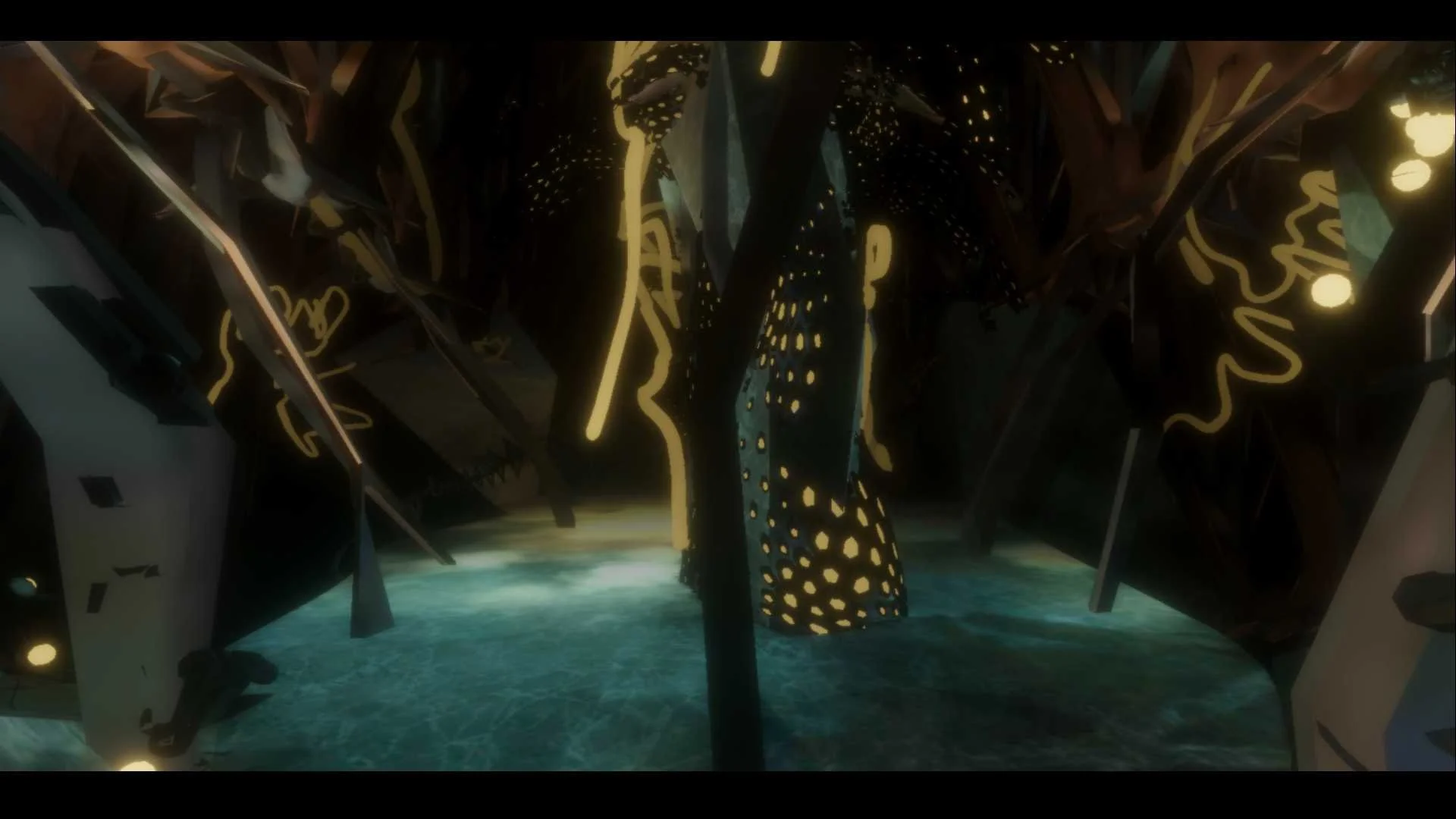
(11) Baba-Yaga Promenade
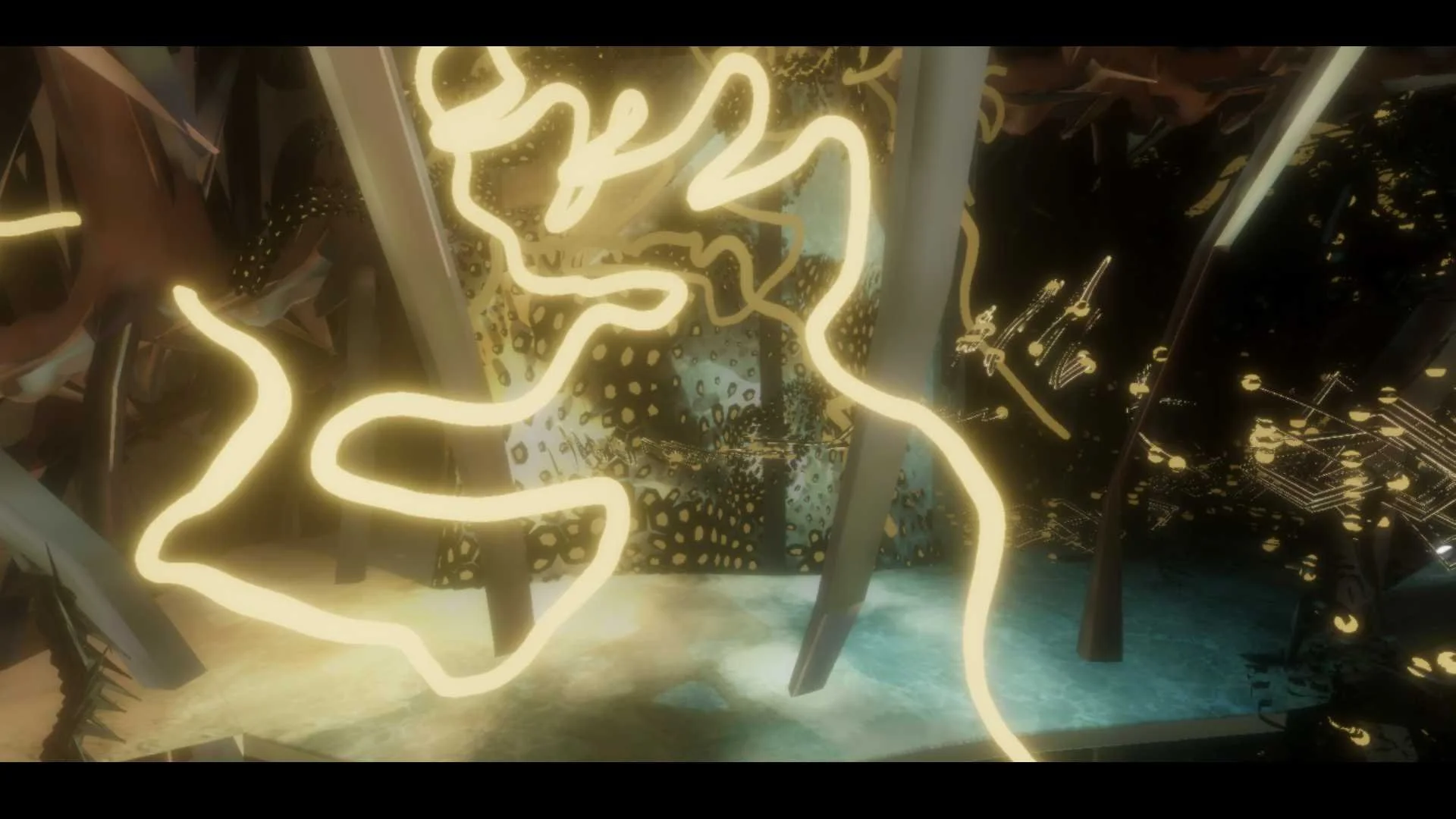
(12) Baba-Yaga Promenade
More Pictures
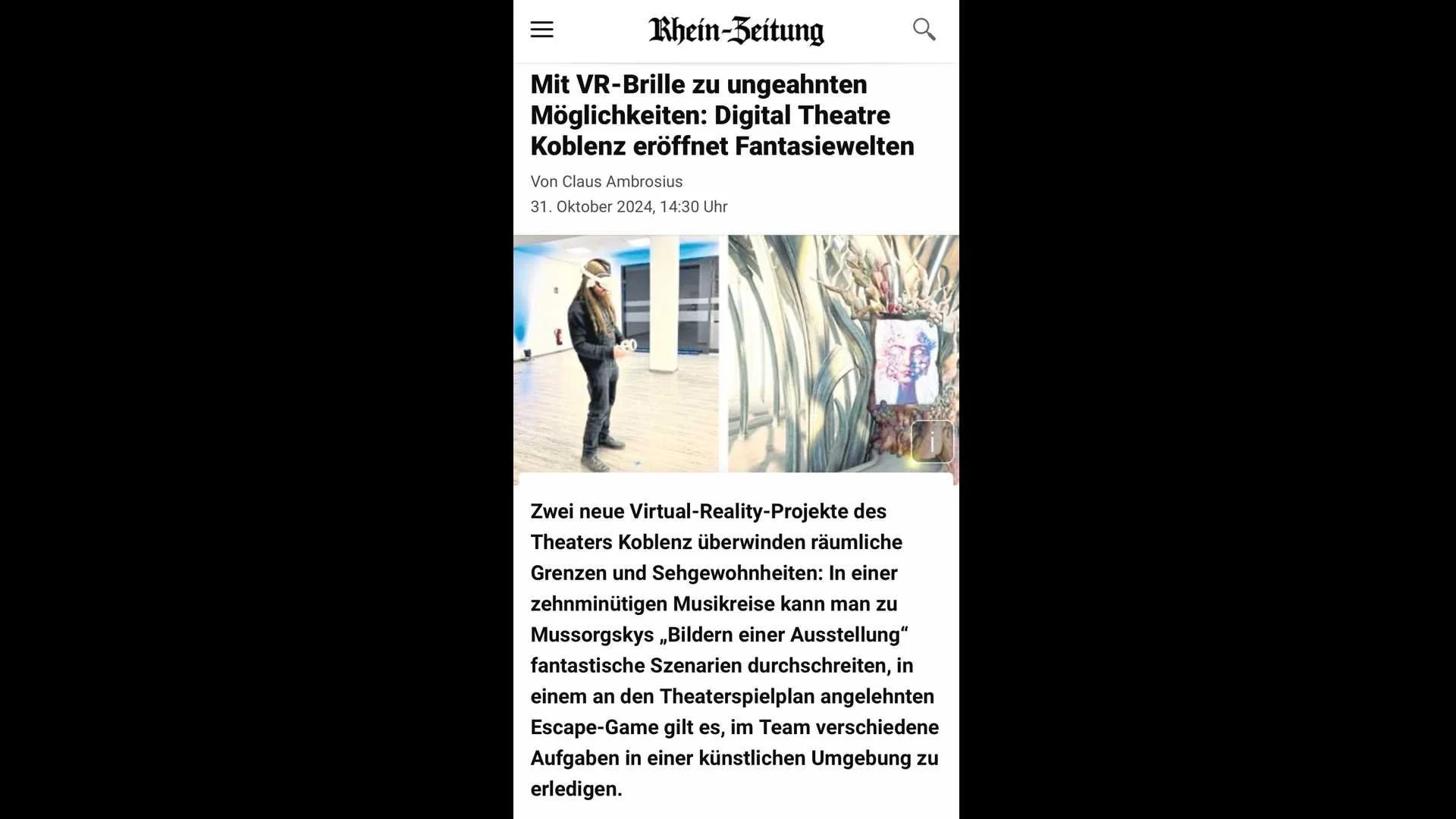
Newspaper Article of our Project
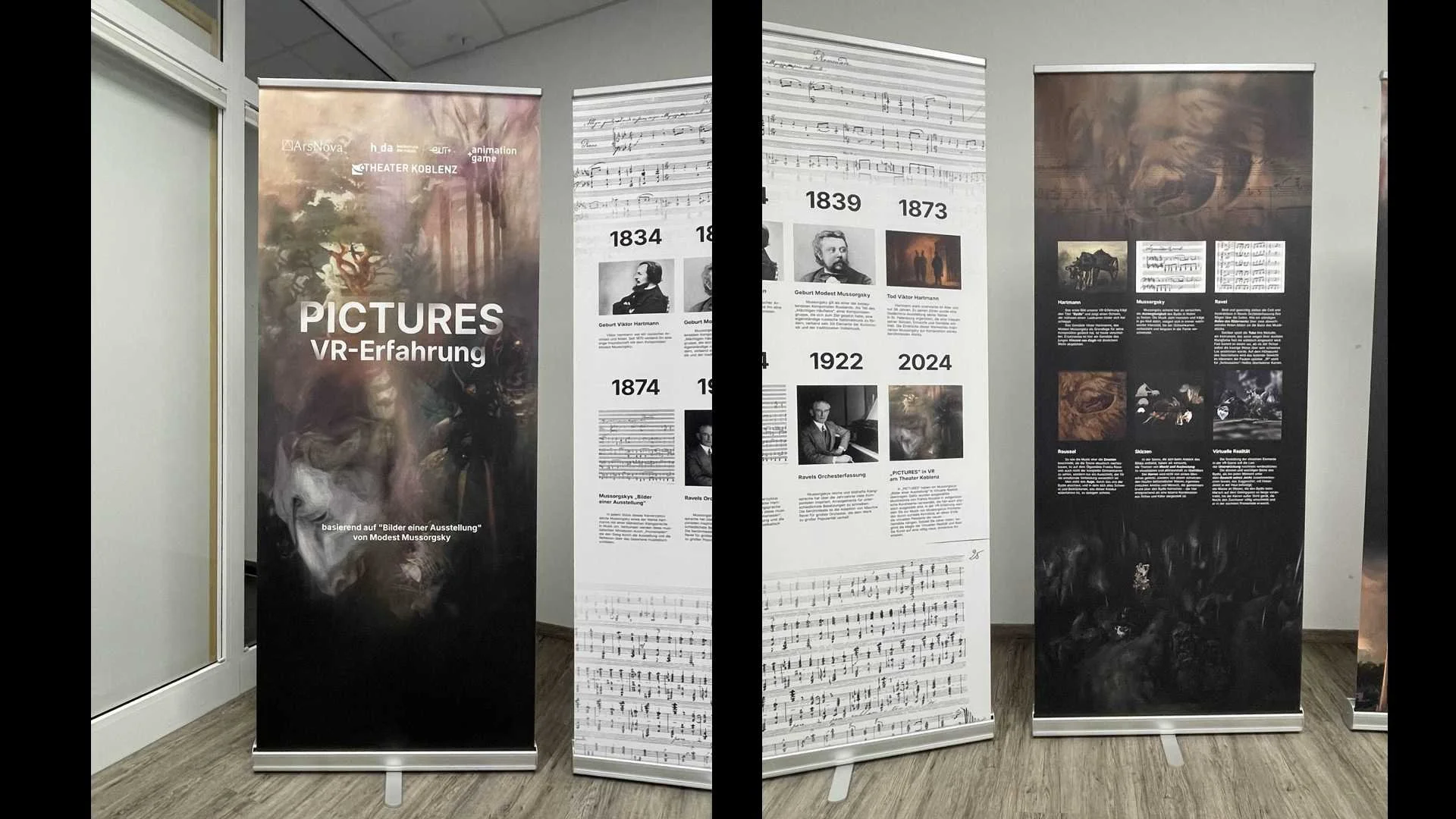
Exhibition in Koblenz

Exhibition in Koblenz
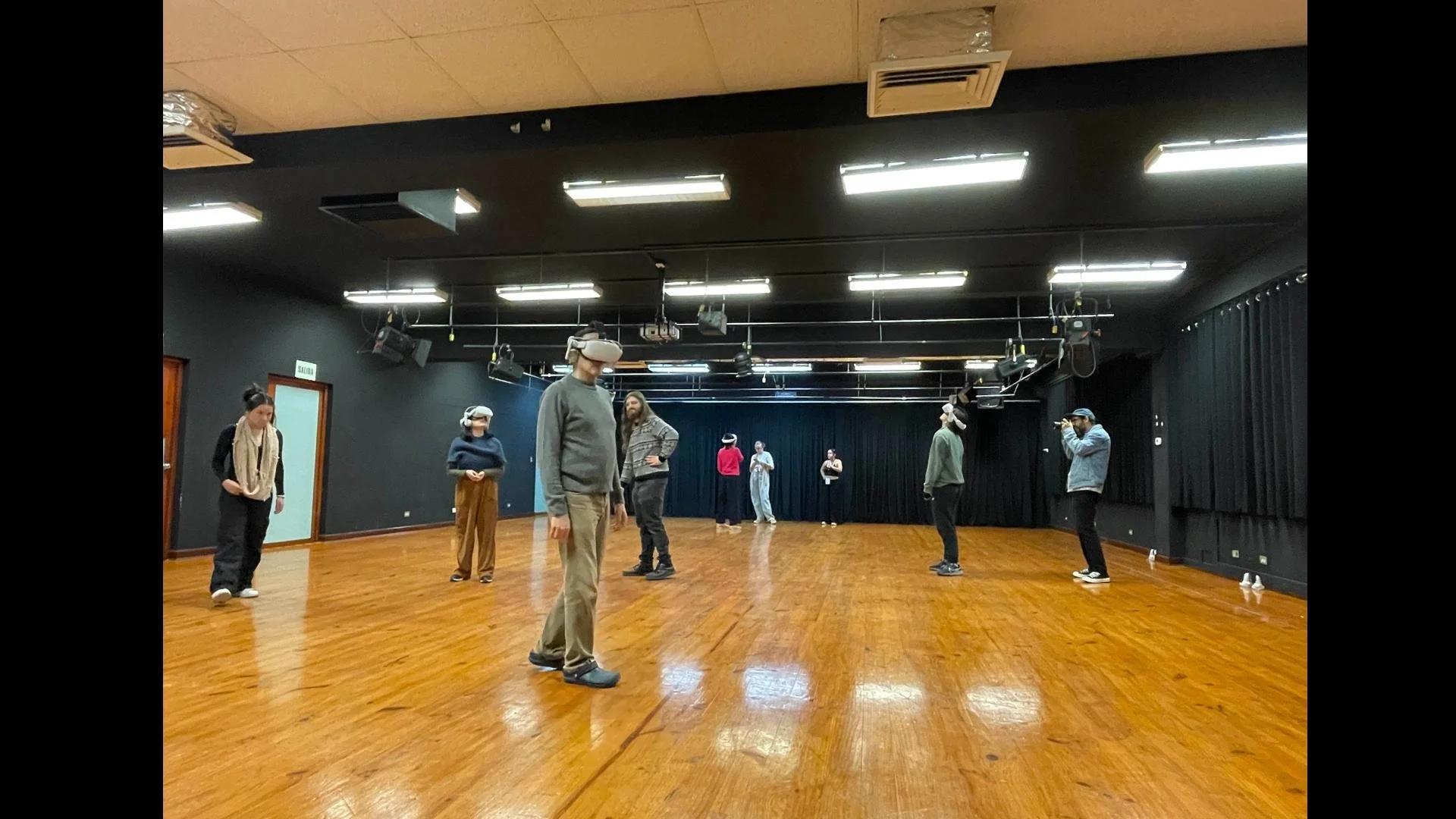
Exhibition in Peru
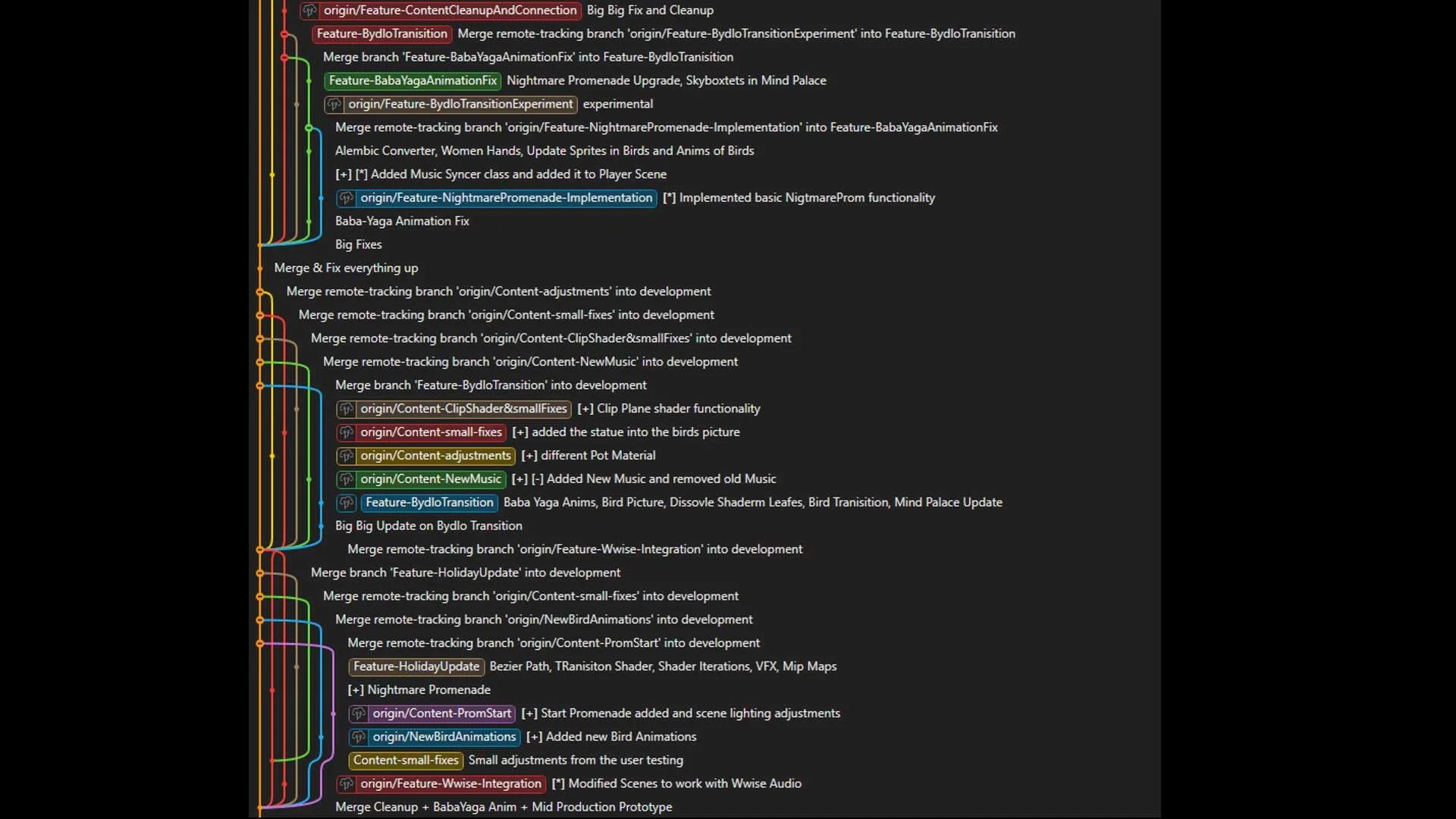
Git Management
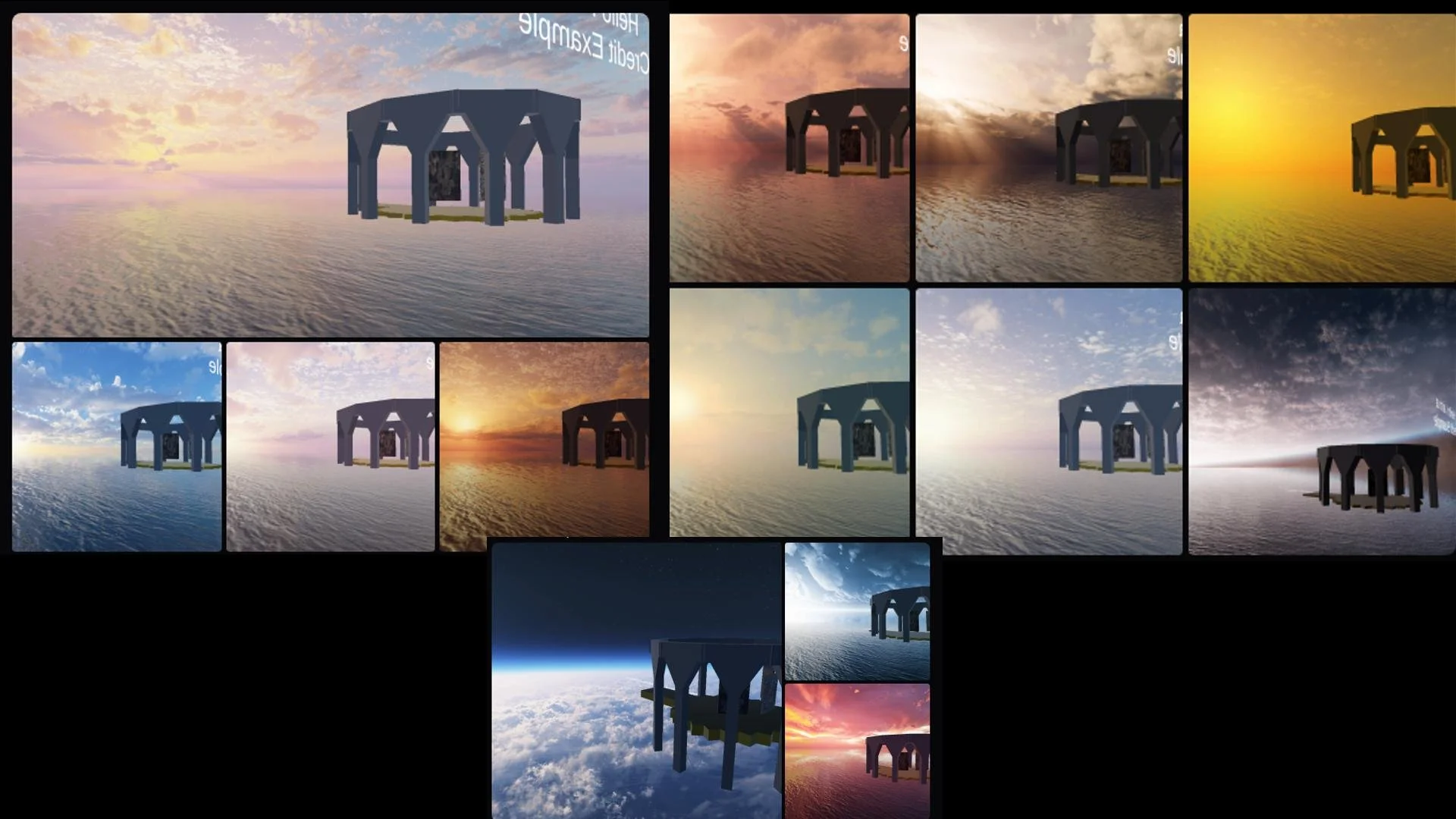
Mind Palace Iterations
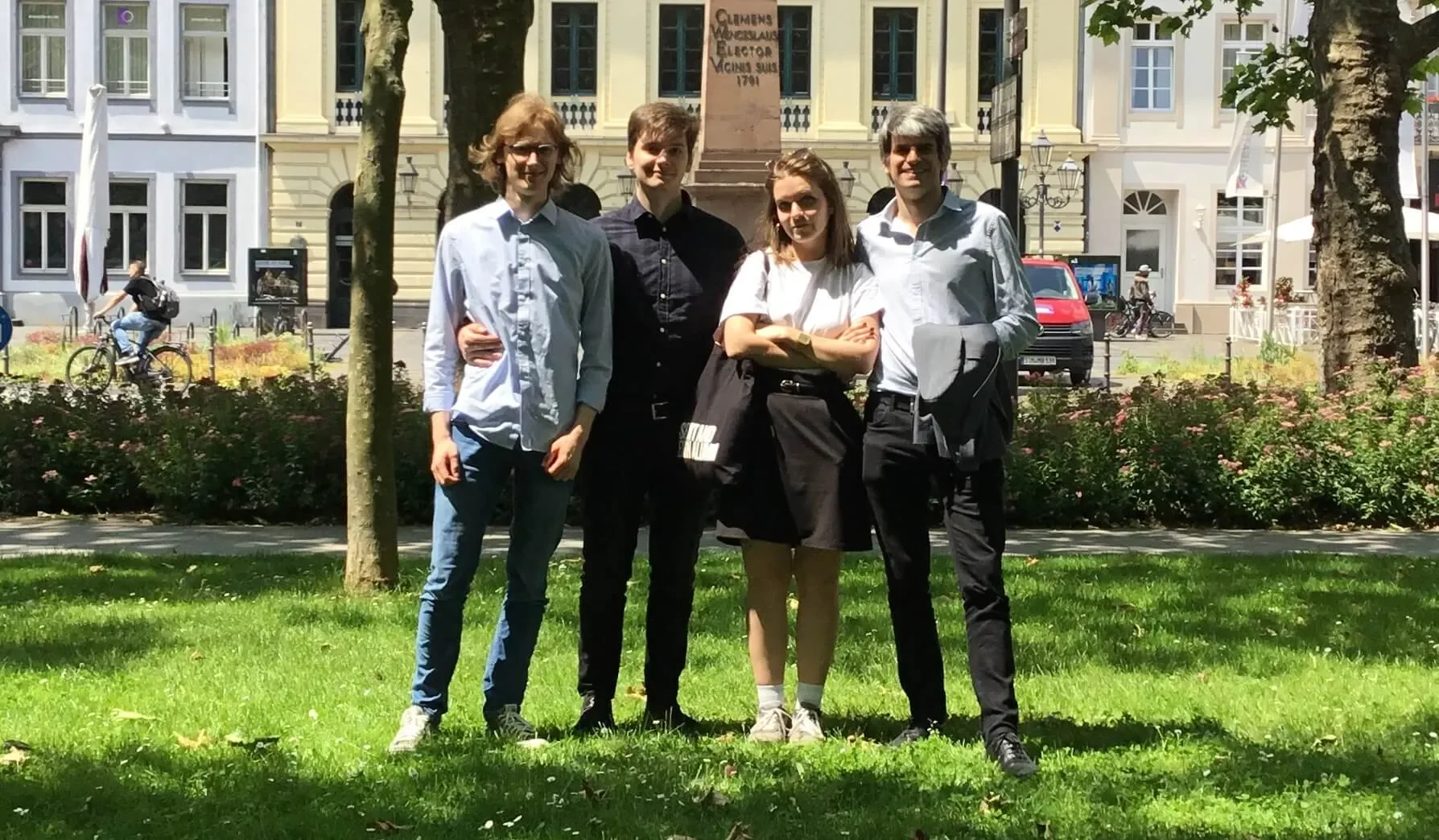
Me and a part of the Team
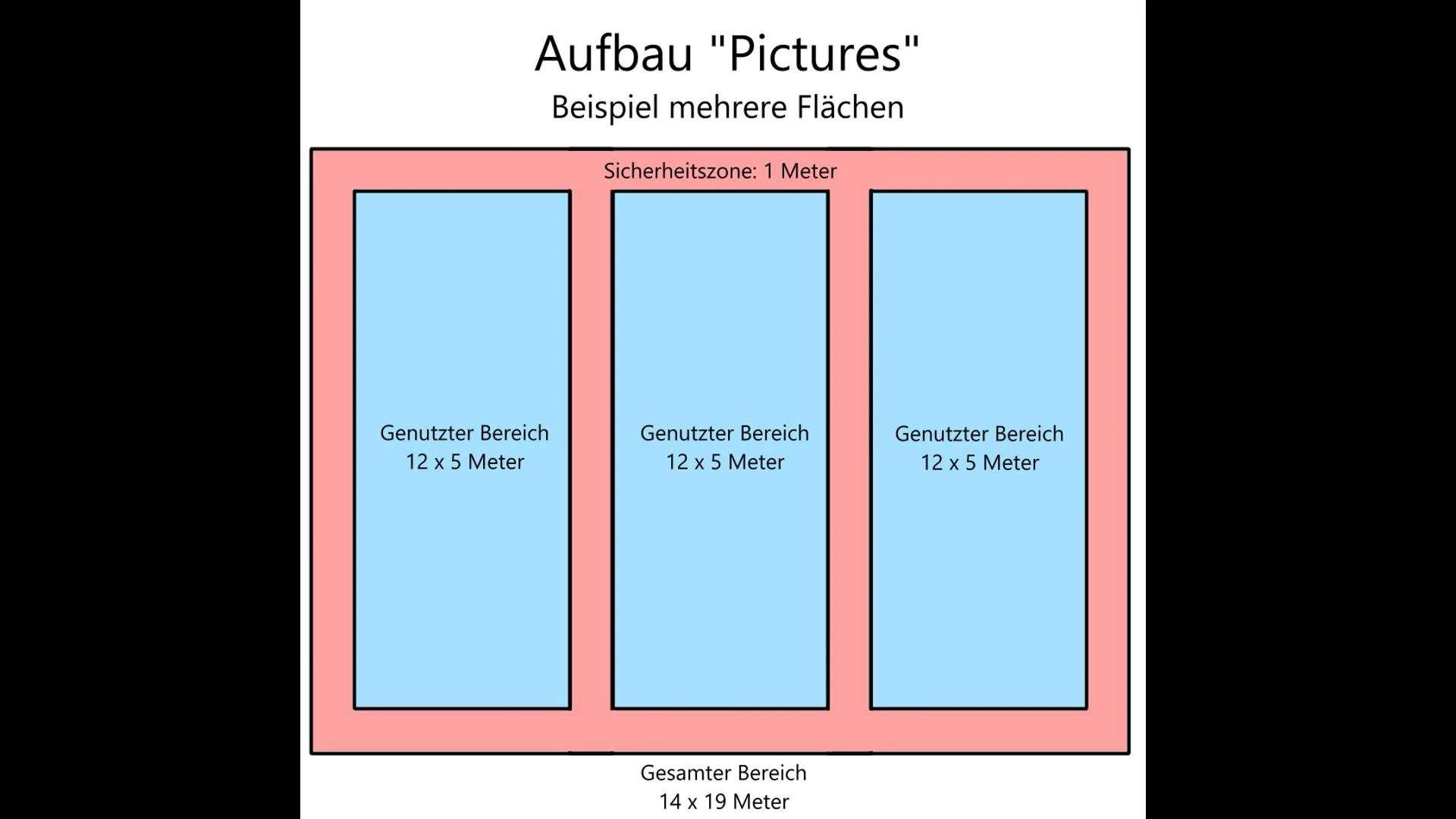
Layout and Space Distribution in Koblenz
Issues, Iterations and Learnings
Sample Issues
Audience Unfamiliar with VR
Audience unfamiliar with VR (risk of disorientation, motion sickness)
Communication Breakdowns
Early-stage communication issues caused delays and friction within the team.
Sample Solutions
VR Comfort Systems
Implemented comfort systems such as guiding lights, smooth transitions, reduced vertical changes, and gradual field-of-view modulation to enhance comfort and accessibility.
Workflow and Tools
Introduced and evaluated workflow tools like Jira, Confluence, GitLab, and Miro. Established documentation standards and regular check-ins to improve transparency and collaboration.
Performance Constraints on Quest 2
The Oculus Quest 2's hardware limitations necessitated strict performance optimization.
Asset Optimization
Optimized assets and rendering pipeline by setting strict triangle/draw call budgets, using asynchronous loading, and implementing mesh combination and texture atlasing.
Learnings
Communication is as critical as code.
Clear documentation and structured workflows are vital in creative-technical collaborations.Accessibility is design.
Comfort systems and intuitive navigation aren’t add-ons, they’re core to user experience.Leadership requires flexibility.
Sometimes that means taking on extra technical tasks so teammates can focus on what they do best.Art + Technology synergy is powerful.
VR can make classical works like Pictures at an Exhibition feel alive, immediate, and deeply personal.
Outcome
Commercial Exhibition: Successfully launched in Theater Koblenz in November 2023 and ran until July 2026.
Birth of a Company: This project enabled one of my coworkers to launch his own company.
Audience Impact: Hundreds of visitors experienced VR for the first time in a safe, accessible way. Feedback praised the combination of art, music, and immersion.
Technical Achievement: Delivered a polished VR experience on limited standalone hardware, meeting professional performance standards.
Leadership Growth: Learned to structure communication, mediate conflicts, and guide interdisciplinary teams through complex, long-term projects.
Strategic Value: Helped establish pathways for monetization and the foundation for a more formal business entity to manage future projects.

